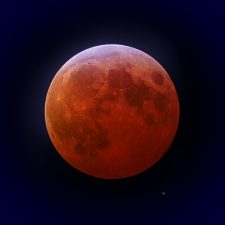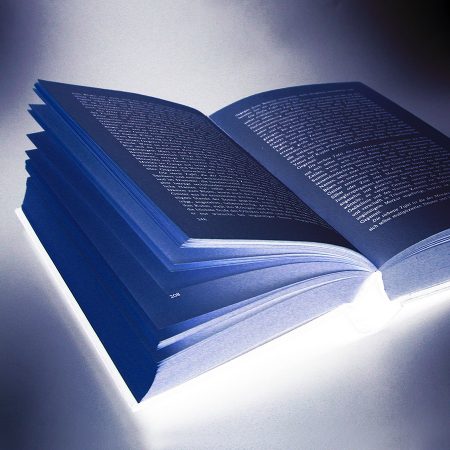Information about a lunar eclipse

Easily explained
During a lunar eclipse, the Moon moves through the shadow of the Earth. Which means, that the Earth is positioned quite exactly between the Sun and Moon and casts its shadow onto the Moon. This is only possible at full moon and if some other requirements are met. Depending on whether the moon passes the partial or the core shadow of the Earth, we speak of a partial or total lunar eclipse.
The copper-coloured Moon
When the Moon touches the core shadow of the Earth, the first parts of the Moon surface begin to darken. If you would actually stand on the Moon, you would experience a solar eclipse!
During a total lunar eclipse, the Moon immerses completely in the core shadow. The surface of the Moon begins to glow copper red. Towards the centre of the core shadow, the light fades and turns dark red to brownish grey. During a partial lunar eclipse only parts of the Moon surface are covered.

Links
You may find further interesting information about this subject at:
http://eclipse.gsfc.nasa.gov/lunar.html
https://www.timeanddate.com/eclipse/total-lunar-eclipse.html
